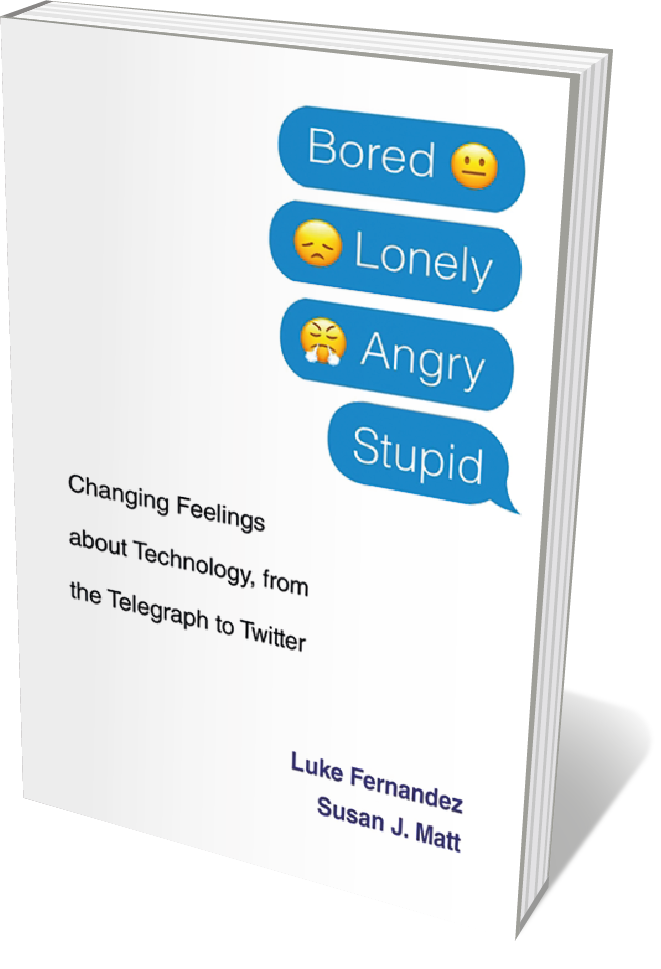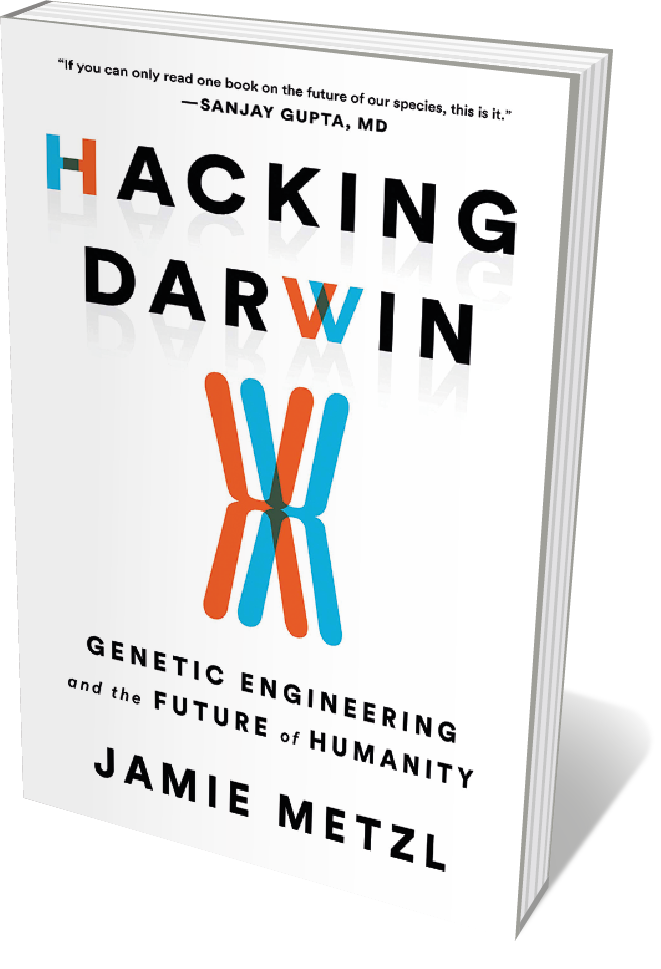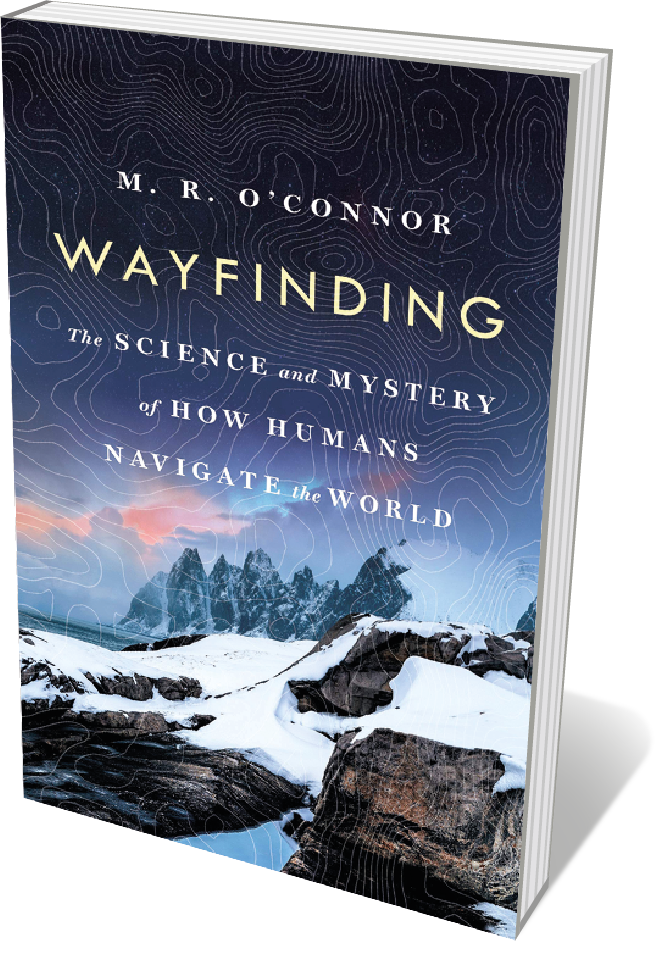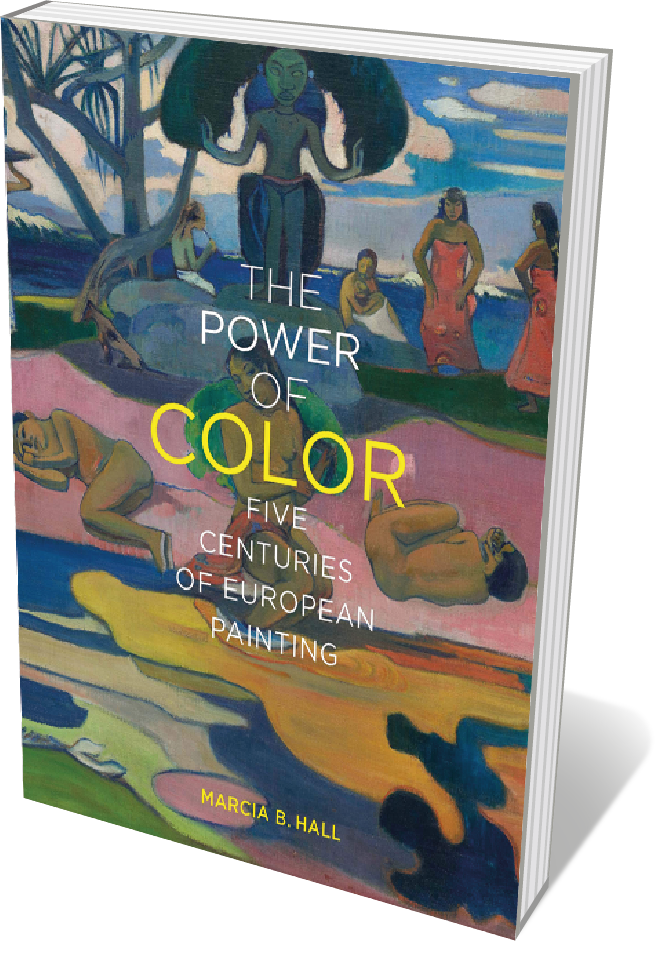
Luke Fernandez and Susan J. Matt Harvard University Press (2019)
Online immersion can distort emotion. However, technologies have been shaping US emotional culture for more than a century, argue computer scientist Luke Fernandez and historian Susan Matt in this original study. Marshalling archival sources and interviews, they trace how norms (say, around loneliness) have shifted with technological change. Broadcasting deregulation under President Ronald Reagan, for instance, made room for anger-inducing right-wing ‘talk radio’. Yet, as they show, the digital world lifts even more limits, stimulating and affirming a range of negative emotions.

Jamie Metzl Sourcebooks (2019)
Technology futurist Jamie Metzl probes the present and potential future of genetic engineering, from personalized medicine to human-genome synthesis. Propulsive, fact-packed and engrossing, his narrative interweaves backstory, bioethics and related shifts in human behaviour with data-crunched resources such as maps tracking variations in global regulation. Metzl has a knack both for clarifying granular scientific and moral complexities, and for seeing the big picture — such as the risks of a potential international genetic “arms race” involving engineered embryos.

Anne Sverdrup-Thygeson Mudlark (2019)
Trillions of them share the planet with us: pollinating, forming soil and decomposing the dead. Insects — from jewel beetles to stink bugs — present an embarrassment of riches, as ecologist Anne Sverdrup-Thygeson spectacularly proves. She tours their anatomy, reproduction and more, delivering a hail of facts with brio and precision — whether about the fungal gardens of leafcutter ants or the lac-bug exudations that, processed into shellac, coat violins. She reminds us, too, that despite having survived five major extinction events, insects now face compounded human-driven threats.

M. R. O’Connor St Martin’s (2019)
What are navigation apps doing to our innate spatial orientation? To find out, science journalist M. R. O’Connor embarked on a journey of discovery both inner and outer. She walks the labyrinth of the brain’s time-and-space-mapping hippocampus. And, on the road, she meets astrophysicists, anthropologists and traditional wayfinders — such as Bill Yidumduma Harney of Australia’s Wardaman culture, who steers by thousands of memorized stars. At one point, landscape historian John Stilgoe tells her: “I feel sorry for your generation. It doesn’t get lost much.” This hymn to topophilia offers a corrective.

Marcia B. Hall Yale University Press (2019)
Art historian Marcia Hall examines five centuries of Western painting through the lens of colour, “attempting to pull thread through the fabric” to trace material and technical innovation. Her sumptuously illustrated survey of masters including Domenico Ghirlandaio, Michelangelo Buonarroti and Johannes Vermeer ranges back and forth over the borders of art and science, from how technologies such as X-ray diffraction can unpeel paint chemistry, to how the pigment palette has gradually expanded to include clays, verdigris, lapis lazuli and industrial greens and yellows.








